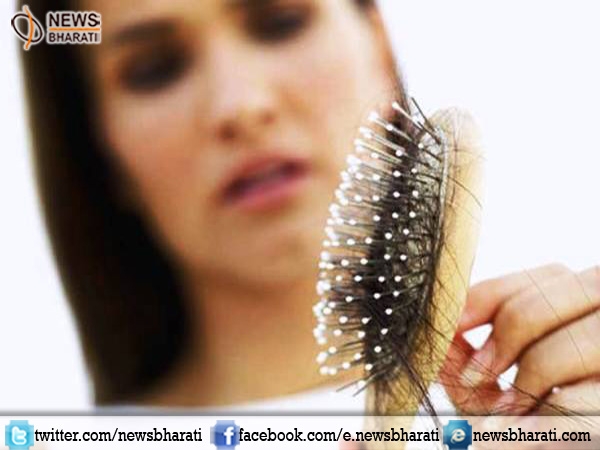Hair loss? Then this might be a boon for you
Los Angeles, January 18: Researchers have already explored ways to use stem cells to treat everything from diabetes to aging, and now, a team from UCLA thinks they could potentially offer some relief for people suffering from baldness.
During their study, which has been published in Nature, the researchers noticed that stem cells found in hair follicles undergo a different metabolic process than normal skin cells. After turning glucose into a molecule known as pyruvate, these hair follicle cells then do one of two things: send the pyruvate to the cell’s mitochondria to be used as energy or convert it into another metabolite known as lactate.
Based on these findings, the researchers decided to see if inactive hair follicles behaved differently depending on the path of the pyruvate.
“I think we’ve only just begun to understand the critical role metabolism plays in hair growth and stem cells in general,” noted Aimee Flores, first author of the study and a predoctoral trainee in Lowry’s lab. “I’m looking forward to the potential application of these new findings for hair loss and beyond.”
“No one knew that increasing or decreasing the lactate would have an effect on hair follicle stem cells,” co-lead on the study and professor of molecular, cell, and developmental biology William Lowry explained in a UCLA press release. “Once we saw how altering lactate production in the mice influenced hair growth, it led us to look for potential drugs that could be applied to the skin and have the same effect.”
The first is called RCGD423, and it works by establishing a JAK/STAT signalling pathway between the exterior of a cell and its nucleus. This puts the stems cells in an active state and contributes to lactate production, encouraging hair growth.
The other drug, UK5099, takes the opposite approach. It stops pyruvate from being converted into energy by the cells’ mitochondria, which leaves the molecules with no choice but to take the alternate path of creating lactate, which, in turn, promotes hair growth.